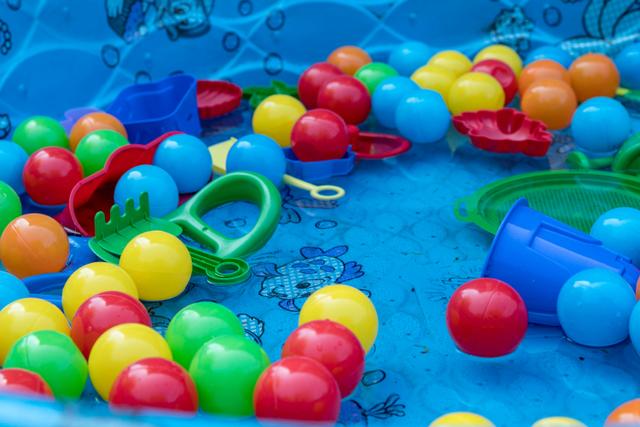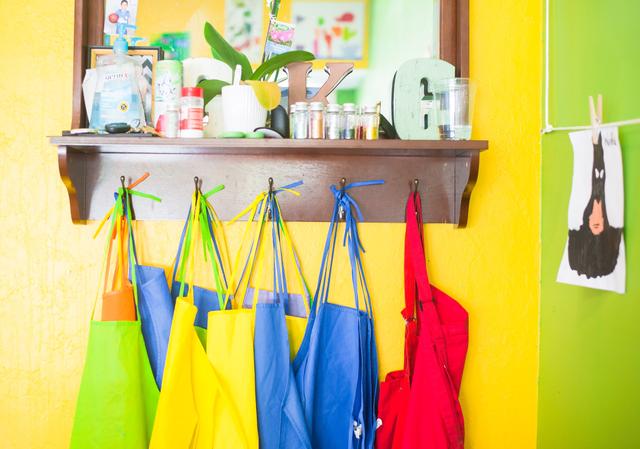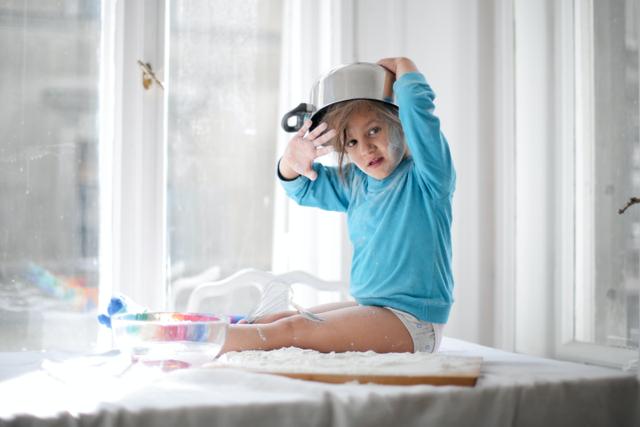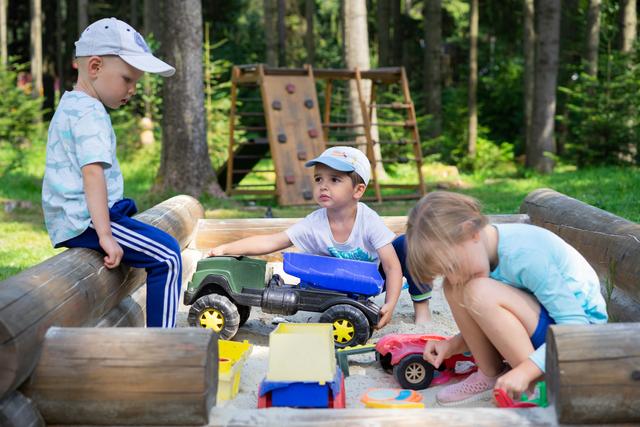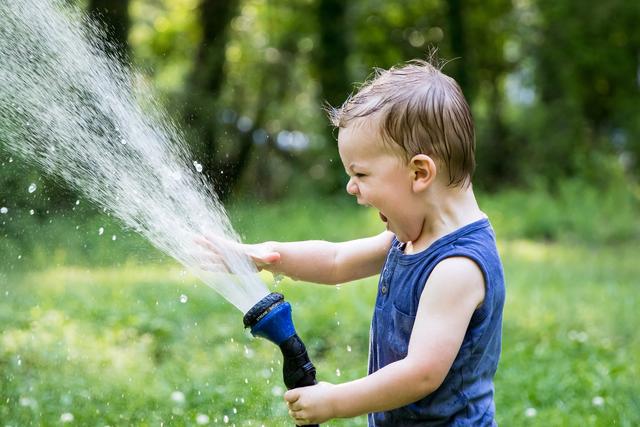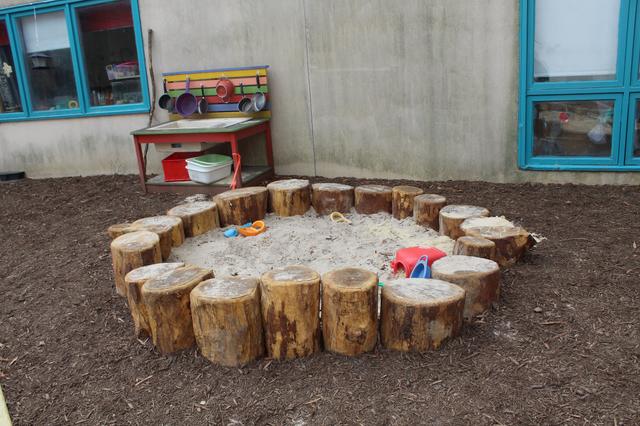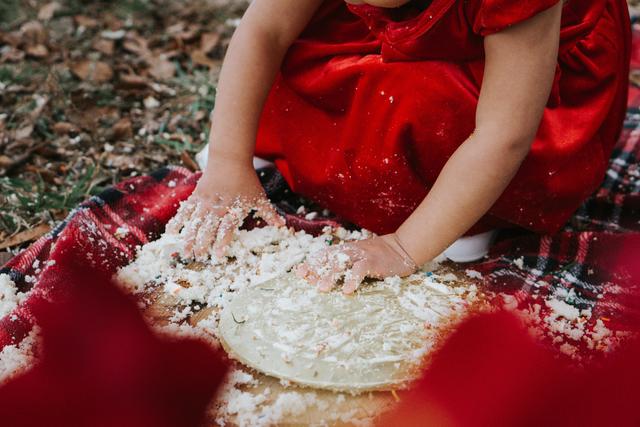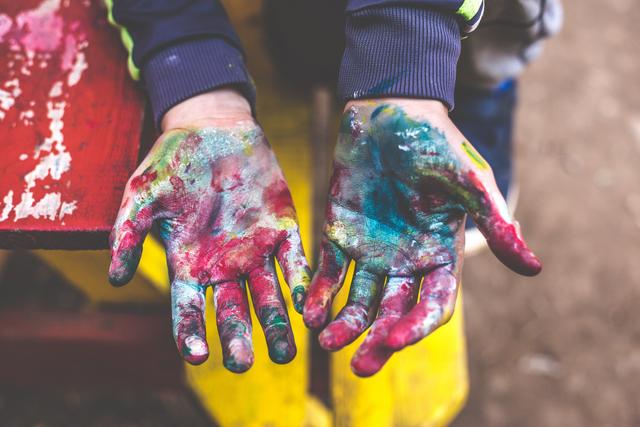Messy play Articles
Messy play For Kids In The UK
Messy play has become a fundamental aspect of early education in the UK, where it is cherished not just as a fun activity but as an essential part of a child's development journey. Originating in the 1970s, it has undergone a transformative evolution, pioneered by influential educators like Anne Cockburn. By the publication of Cockburn's seminal book in 1992, "Messy Play," this form of play was firmly embedded in the UK's approach to early years education.
Messy play typically entails children engaging with various tactile materials such as paint, mud, and sand—substances that are easily manipulated and can be both thrilling and challenging for young learners. This form of play is especially popular across various settings from nurseries to informal home playrooms. It's designed to liberate children from the structured forms of play, allowing them to dive hands-first into their creative and explorative impulses.
Over the decades, messy play has solidified its role in numerous educational settings throughout the UK, celebrated for its unique approach that blurs the lines between learning and playing. At its core, messy play allows children to shape, splatter, and smear, unfettered by the constraints of 'neat' play, providing a canvas where they can express their creativity freely.
As this educational method continues to flourish, it remains a vibrant testament to the dynamic, evolving nature of childhood education in the UK, where development and enjoyment go hand in hand. Today, messy play stands as not just a method, but a movement that enriches the educational landscape, ensuring that learning through play remains inclusive and accessible to all children.
The Benefits of Messy play
Messy play, a vibrant and tactile form of play, is pivotal in the healthy development of children. It engages various senses and is excellent for sensory development. As children manipulate different materials like paint, clay, and sand, they discover and differentiate textures, temperatures, and scents. This sensory exploration is crucial for brain development and helps in refining sensory-related synapses and processing skills.
Furthermore, activities involved in messy play, like sculpting with clay or finger-painting, significantly enhance fine motor skills. These activities require children to use their hands and fingers to mould, pour, and draw, promoting hand-eye coordination and dexterity. Through these playful yet challenging tasks, children gain precision and motor control which are essential for daily tasks like writing, tying shoelaces, or buttoning clothes.
Messy play also opens the door to expressing creativity and imagination. This type of play does not usually involve rules or specific outcomes, giving children the freedom to use materials in an unstructured way. This fosters creativity, allowing children to think innovatively and solve problems creatively, skills that are valuable throughout life.
Moreover, it supports emotional development by providing a safe environment for children to express their feelings and experiment with different outcomes. This builds confidence and resilience, as they learn to navigate and manage the uncertainties and outcomes of their creative endeavours. Through messy play, children not only enjoy a fun, engaging activity but also acquire crucial life skills that contribute to their holistic health and development.
FAQs
What is messy play and why is it beneficial for children? Answer: Messy play is a form of play that involves children engaging actively with materials like paint, mud, sand, and shaving foam, allowing them a tactile and immersive experience. It is beneficial because it aids in sensory development, improves fine motor skills, fosters creativity, enhances social skills through cooperative play, and supports emotional development by teaching children to manage unexpected situations and enjoy the process without worrying about the outcome.
Who introduced messy play in the UK, and what impact has it had on early childhood education? Answer: Messy play was popularized in the UK by Anne Cockburn, an early years consultant, during the 1970s. She highlighted its importance in her 1992 book "Messy Play", advocating that it allows children to explore, develop senses, and express creativity. Her work has led to the widespread integration of messy play into early childhood education, recognising it as crucial for developmental growth in young learners.
Can messy play really help in developing a child’s fine motor skills? How? Answer: Yes, messy play significantly aids in the development of fine motor skills. Activities such as painting or moulding clay require children to use small muscle movements of the fingers and hands, which improves their dexterity and hand-eye coordination. Repeated engagement in these activities enhances precision, control, and motor coordination, which are essential for tasks like writing, tying shoelaces, and using utensils.
What are some safe practices to ensure while engaging children in messy play? Answer: To ensure safety during messy play, use non-toxic, age-appropriate materials and ensure constant adult supervision. Avoid materials that pose inhalation or ingestion risks, like small beads or excessive glitter. Additionally, create a safe play environment that limits the chances of slipping or falling, use protective clothing like smocks, and ensure that all play items are clean and hygienic.
What steps can be taken to incorporate messy play into a child's routine, even at home? Answer: Incorporating messy play at home can be managed with some planning and preparation. Choose easily washable and non-toxic materials, and set up a designated play space, preferably outdoors or in an easy-to-clean area. Start with simple activities, such as water play or finger painting, and gradually introduce more materials as you gauge your child’s interest and response. Ensure to cover surfaces with newspapers or a tarpaulin and keep cleaning supplies handy for a quicker clean-up process, involving your child in the clean-up to teach responsibility.
